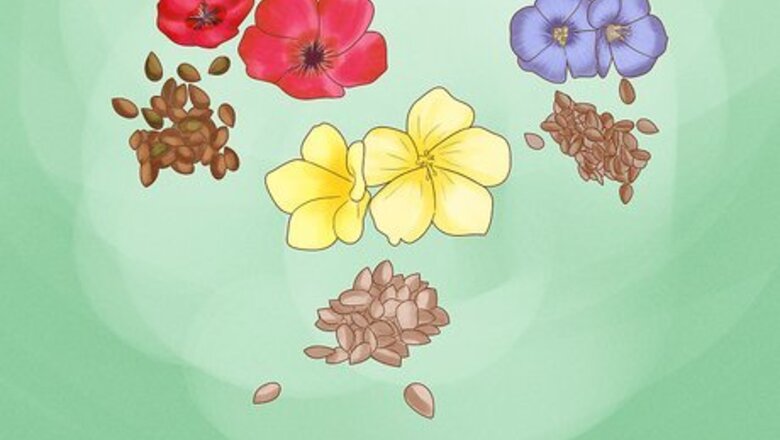
views
X
Research source
its seeds are a healthy food product as well as the oil called linseed oil. Growing the flax group from seed is a very easy and rewarding gardening project as its both durable and beautiful.
Selecting and Purchasing the Correct Seeds
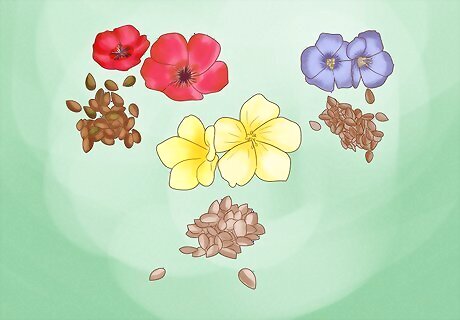
Find the seeds of the correct flax species. There are hundreds of species of Linum in the world. Only two blue species are commonly grown in gardens. These mainly look very similar in appearance and are only identifiable to a beginning botanist or gardener by the life cycle of the plant. One is annual meaning it germinates (sprouts from seed), grows and flowers then dies within a year. The other species is a perennial plant meaning it flowers and survives the remaining season as a dormant (sleeping) root and comes back for many years in appropriate climates. Both species look very similar with 2 to 4 feet tall arching stems with greyish-blue green needle-like leaves that look somewhat like a blue spruce sapling but soft and flexible. These plants have a deep taproot shaped like a skinny carrot and don't like being transplanted (moved) once established. Early summer to late summer the plant produces beautiful 5 petaled sky blue flowers that last only a day each but are produced in such large numbers from hanging tear-shaped buds that the plant is literally covered in blooms for 1 to 3 months. Linum usitatissimum or Common Flax is the one that's used for making linen fabric and linseed oil used as food. Flaxseed of this species is also used for food consumption as well. This plant is the annual. Linum perenne or Perennial Flax is the almost exact twin. Linum lewisii native wildflower of North America is or is not depending to different experts, a subspecies (part of an isolated population) of Linum perenne. This one is the perennial. There are other flax species that produce red (Linum grandiflorum) pink and yellow flowers (golden flax (Linum. flavum). as well.
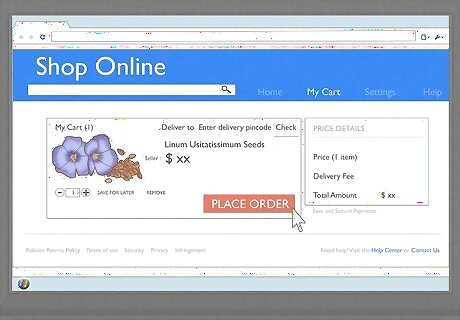
Try shopping online for Linum usitatissiumum and other rarer species of flax. Although it's commonly used in agriculture for food and fabric production, Linum usitatissimum is not readily available in many garden centers. Type the name of the species you want in a search engine like Google and you will find many online garden shops and seed shops that sell the seeds. Linum perenne is the one sold in seed packs in many garden centers. The same goes for more unusual and rarer Linum species. If there's a flax species you want to try but have little information about it's growing conditions and/or seed germination requirements you can always ask the person in the shop via chat or email or talk to experts on many garden forums. With any plant group there's always possible exceptions to the rules and this article is very general.
Sowing and Germinating the Flax Seeds
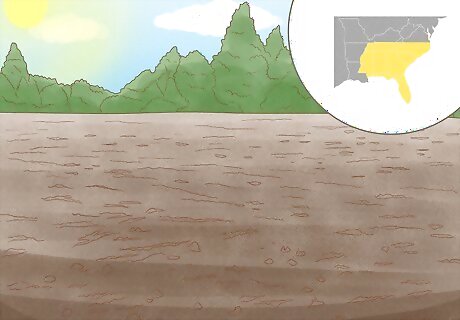
Select the correct growing site. Flax is a very adaptable and easy plant to grow. Hot and humid climate regions like the Southeast Coast of United States are not very good though for this plant of prairies and deserts. The site should receive full sun (6 hours or more of unshaded sunlight a day). Rotate the crops of flax (Linum usitatissiumum and other annuals) every year. Don't plant it in the exact spot every year as this will put plants at greater risk for diseases and pests. Plant something different in the previous year's spot where flax was grown like another vegetable or annual flowers.
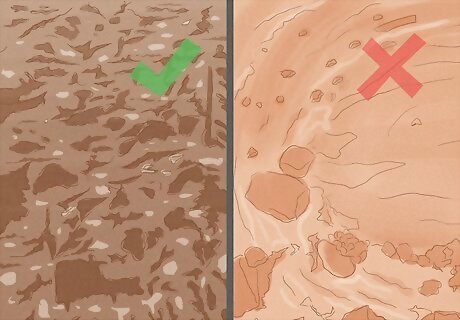
Prepare the soil. Flax grows best in loose rich soil like loam (like the topsoil sold in stores) and sand. Heavy soils like compacted clay will not work well unless you dig the soil very deep and replace the clay in the soil with topsoil and compost. Mix/rake in lots of organic matter into the soil like manure and compost into the site. Cultivate and till the soil deeply and remove as many weeds as possible. Flax seedlings don't compete well with fast-growing weeds. Blue Flax species are hardy and can be planted early and withstand heavy frost (temps below 40 degrees F)Other ones are from warmer even tropical regions and this cold can kill them. Do not plant flax seeds where there are cold season weeds that will compete with the young seedlings. These are weeds that grow during the cool beginning periods of spring (March or April) or fall. Wild mustards, clovers, and burweeds are a few examples of these winter weeds as well as some grasses like winter rye. These weeds can also keep growing during an unusually warm winter.
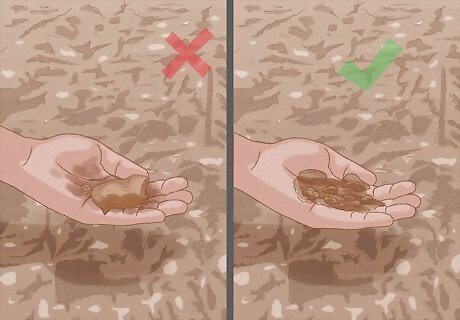
Test the soil. Flax seeds like to be planted in cool soil like peas and spinach. Starting in Early or Mid Spring take a sample of the soil from the planting site in your hand and make a ball. If the soil is muddy-feeling or soggy it's too early. If the soil is still frozen wait until later. If the soil feels like it does in a bag of potting soil or crumbles into crumbs it's ready. It it's dry and dusty it's too dry and you have to wait until the soil is rained on again or water it first and repeat the test.
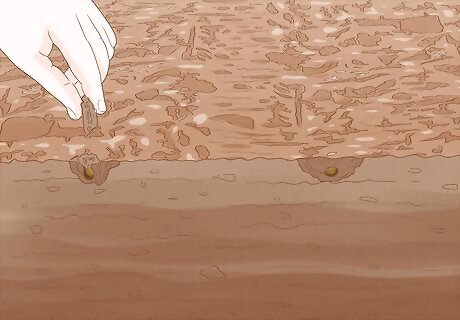
If the soil is ready place the seeds on the surface and cover the seeds with a thin layer of soil. Less than an inch and not over. If the seed is covered more than an inch the seeds will drown and die in the soil and never raise. You can also just mash the seeds into the surface of the soil with a flat surface like a brick, back of the shovel, or rolling pan. This pressing ensures the seeds make soil contact and helps in germination. Seeds will sprout in 1 to 3 weeks and you can notice them as skinny bluish-green things popping out the soil. You can also grow flax seeds inside a peat pot or other degradable (non-plastic pot) following the above step. After that, plant the young plants outside during spring when the soil warms up and the weather settles. First, before setting the plants directly in the garden, place them in a sheltered protected spot for a week and then move them to more exposed and sunny situations. Make sure you cover the entire peat pot and tear out the bottom and the peat pot apart so the peat pot doesn't take water from plant or prevent the plant from growing strong deep roots into the soil. Don't disturb the flax seedlings or mature plants! They do not like to be moved and moving them can cause them to wilt. This can also break the taproot thus stunting very likely killing the plant. If you must move a flax plant do it in the fall when the plant is dormant to help ease the shock.
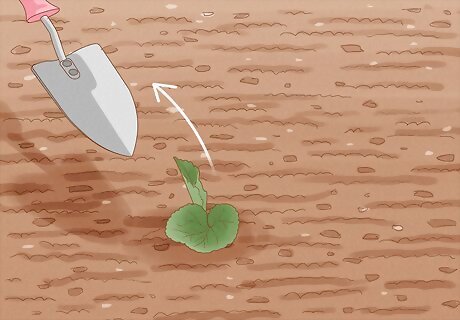
Control the weeds. When the seedlings are small cut the heads of the weeds off to the soil line and when the seedlings get big enough and gained strong roots you can begin pulling and destroying the weeds. Don't outroot the weeds when the flax plants are very small or you'll uproot and disturb the baby flax seedlings.




















Comments
0 comment